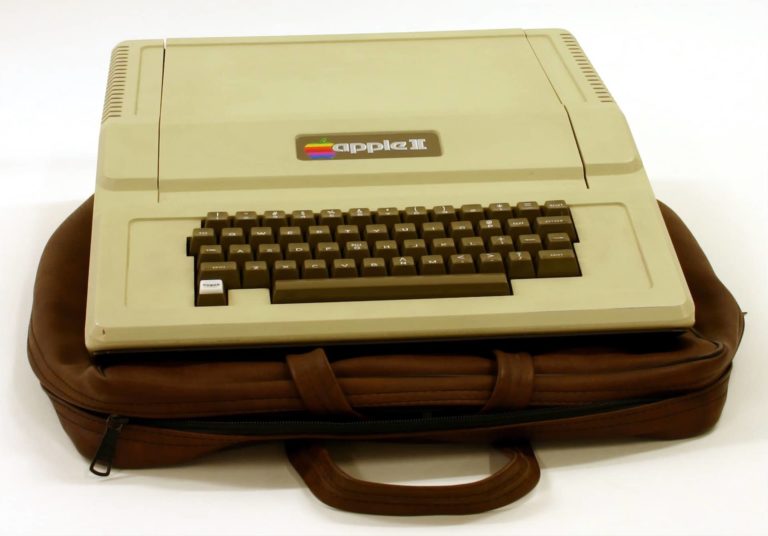
In January 2015, amid a mounting wave of critical sentiment, Google withdrew Glass from the consumer market, with the promise of returning with a revamped product in 2017. In fact, they did release an enterprise edition in that year. But, since then, no major tech company has offered AR glasses for consumers, and wearable AR has turned into a market that is perpetually “three years away.”
In the intervening years, the technologies required to assemble a solid consumer product have slowly been coming into being. Diffractive optics and micro LEDs have all but conquered the display challenges. Edge processors have been evolving rapidly, making AI processing possible in low-powered wearable devices. And, batteries have been slowly but surely increasing in power density.
But, as the technologies to deliver great wearable AR grow ever closer, the goalposts for what such a device must deliver are fading into the distance.
Ironically, it is the vision of the rising metaverse — which is the ultimate use case for AR — that has caused this predicament.
Universally Appealing
Before the metaverse came to dominate the discussion of AR and VR, the use case for wearable AR was straightforward, if not universally appealing. Rather than having to dive into our mobile devices each time we wish to visit our digital universe, (leaving our zombified bodies left standing there senseless), we could be in constant touch with our digital wonderland, and stay present in the real world. All of our digital needs; messages, social, navigation, health, etc., would all just be part of our visual perspective.
For this use case, the specifications were pretty clear, if not universally accepted. In broad terms, the device must look cool, be comfortable to wear, have a decent display, a battery that lasts for a day, have an easy-to-use UI, and be able to connect to data, (either directly or through a mobile device). Advanced options such as SLAM and LIDAR could wait for future integration. This, perhaps minus the display, is very close to the specs that Focals by North delivered back in 2018.
But, then the metaverse sneaked into view, holding the tantalizing potential of being the next major platform for social, entertainment, collaboration, enterprise, commerce, and, well, everything. But the exact shape that these experiences will take is still unknown. And, the specifications for the devices it will need are equally unknown.
Confused Paralysis
It feels like a confused paralysis has descended on the industry. We don’t want to deliver a product that will disappoint consumers by not serving the uses that they will want to have, but we also don’t want to deliver a product that is vastly overspecified and overpriced. One of the main reasons that Google Glass failed was that it fell into the ‘snob pricing’ category, and those who wore it were looked at as ostentatious pills. No one wants to repeat the errors of the past.
The flip side of this irony is that wearable AR is the most critical technology for the success of the metaverse, where the physical and virtual worlds must coexist. While the ‘desktop’ version of the metaverse may be accessed via MR, at least temporarily, the only solution for mobile, and the only long-term solution, even for desktop, is AR.
People speak of the coming ‘iPhone Moment’ to occur in AR, but perhaps what we actually need is an ‘Apple II Moment’. When the Apple II was introduced in 1977, no one thought that this puny, underpowered toy would give birth to the most seismic technological revolution in modern history. But it has.
The AR glasses of today may just be the Apple II that the metaverse needs in order to emerge. Let’s have that Apple II moment.
 Dovid Schick is CEO and founder of Tap Systems. Header image credit: Museums Victoria on Unsplash
Dovid Schick is CEO and founder of Tap Systems. Header image credit: Museums Victoria on Unsplash






